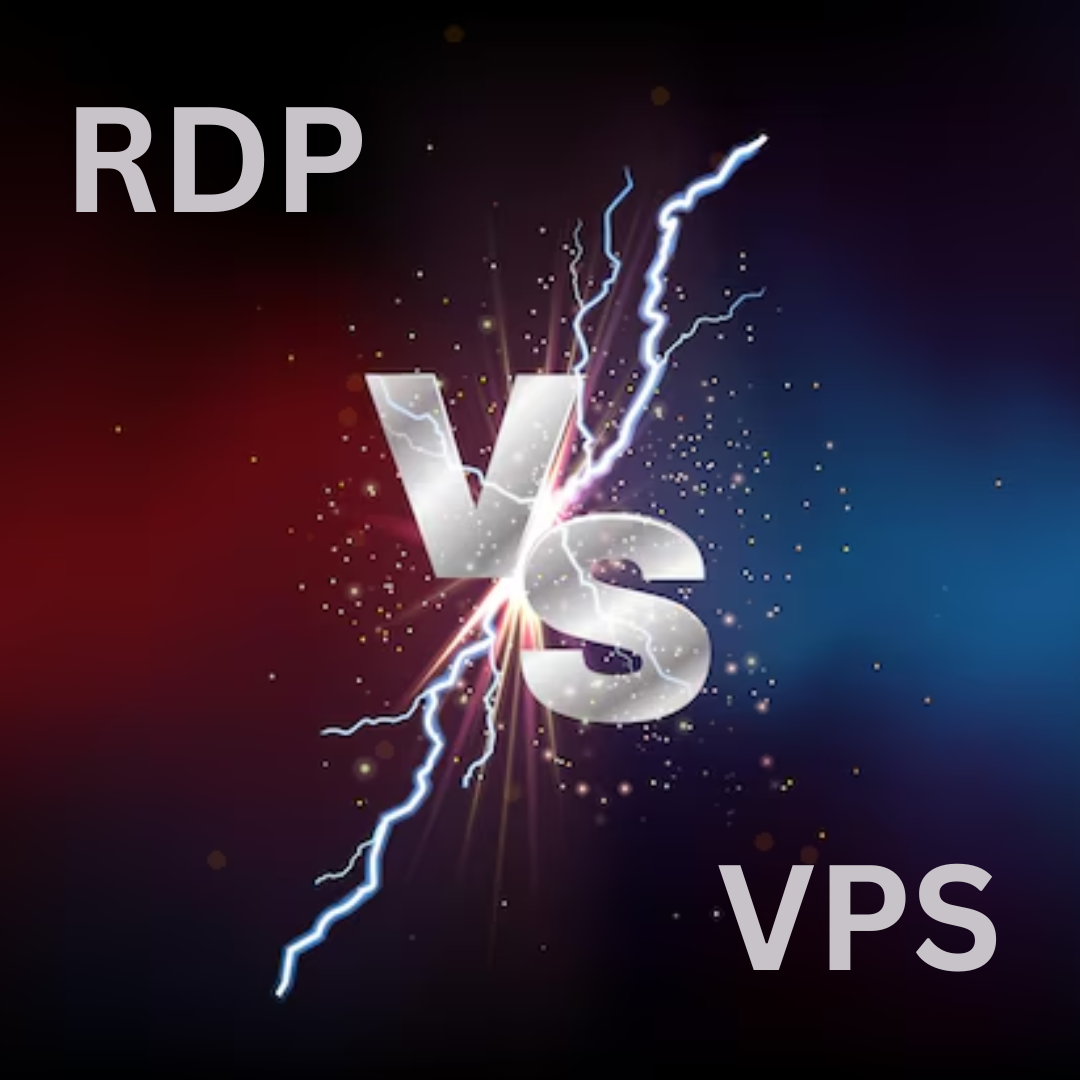RDP vs VPN: Which One Should You Use? Here’s How
In today’s fast-paced digital world, security and accessibility are top priorities. Businesses and individuals alike need tools to connect to remote systems securely. This is where RDP (Remote Desktop Protocol) and VPN (Virtual Private Network) come into the picture. But how do you decide which one is right for you? Let’s dive in and break it down.
What is RDP?
Remote Desktop Protocol allows users to access a computer remotely. With RDP, you can view the desktop of another computer, interact with its files, and even run software as if you were physically there.
RDP is often used by businesses to manage servers or provide remote support. It’s also popular among freelancers and developers who need access to high-performance systems.
Key Features of RDP:
Complete access to the remote system.
High-quality performance for heavy tasks like development or rendering.
Ideal for businesses managing multiple systems remotely.
What is VPN?
A Virtual Private Network is a tool that creates a secure connection between your device and the internet. It masks your IP address and encrypts your internet traffic. With a VPN, you can access restricted content, browse securely, and maintain privacy.
VPNs are widely used for online security, streaming geo-restricted content, and ensuring anonymity.
Key Features of VPN:
Secure browsing and encrypted traffic.
Access to geo-blocked websites.
Best for privacy-conscious users.
RDP vs VPN: How Are They Different?
While both RDP and VPN offer remote capabilities, they serve very different purposes. Here’s a simple breakdown:
| Feature | RDP | VPN |
| Purpose | Remote access to a computer | Secure internet browsing |
| Access | Full desktop access | Internet-only access |
| Security | Depends on configuration | Encrypted traffic |
| Ease of Use | Requires setup on both ends | Easier to set up and use |
| Best For | Business and IT professionals | General users and travelers |
When to Use RDP?
If your goal is to control a remote computer and access its resources, RDP is your go-to tool. Here are scenarios where RDP shines:
Server Management: System administrators often use RDP to manage servers.
Running Heavy Applications: Need access to high-performance hardware? Use RDP.
Remote Work: RDP is ideal for accessing work systems while staying home.
However, RDP isn’t without its challenges. It requires a stable internet connection and proper security measures. Weak configurations can make your system vulnerable to attacks.
When to Use VPN?
VPN is all about privacy and secure internet access. Here are situations where a VPN is better:
Browsing Securely on Public Wi-Fi: Protect your data on open networks.
Accessing Geo-Restricted Content: Watch your favorite shows from anywhere.
Maintaining Anonymity: Hide your identity while browsing.
While VPNs are great for privacy, they don’t provide access to remote systems. This makes them less suitable for tasks like server management.
The Pros and Cons
Let’s weigh the pros and cons of each option:
RDP Pros:
Full control over the remote system.
Great for businesses needing system access.
Supports multitasking with high performance.
RDP Cons:
Requires strong security configurations.
Can be complex for non-tech users.
VPN Pros:
Enhanced online privacy and security.
Easy to set up and use.
Works on multiple devices.
VPN Cons:
Doesn’t offer system control.
Can slow down internet speed due to encryption.
RDP or VPN: What’s the Verdict?
Choosing between RDP and VPN depends on your needs. Here’s a quick guide to help:
Pick RDP if you:
Need full control of a remote system.
Manage servers or run heavy applications.
Work in IT or need remote desktop access.
Pick VPN if you:
Want to browse securely and privately.
Access restricted websites.
Protect sensitive information while on public Wi-Fi.
In some cases, you might even need both. For example, a business could use a VPN for secure browsing and RDP for system management.
RDP and VPN: A Combined Approach
Some businesses choose to use both RDP and VPN. Here’s why:
Enhanced Security: Use a VPN to create a secure tunnel and then connect to RDP.
Flexibility: VPN ensures safe browsing, while RDP provides access to remote systems.
Comprehensive Coverage: This combination works for both individual users and enterprises.
For instance, you might use a VPN for securing your connection while accessing sensitive files on a remote desktop using RDP.
Final Thoughts
Both RDP and VPN are powerful tools. They cater to different needs but can complement each other in certain scenarios. By understanding their key features and use cases, you can make an informed decision.
Whether you’re a business professional or a casual user, knowing the difference between RDP and VPN will help you choose the right solution. Evaluate your goals, security concerns, and accessibility needs before deciding.
If you’re looking for reliable RDP solutions or VPN services, explore options that align with your requirements. The right choice will make your work smoother and your data more secure.
Author Description

Mansi Rana
.
Our Hosting Solutions
Explore our tailored solutions with Windows RDP, Cloud VPS, and Dedicated servers to find
the perfect fit for your application deployment needs.
Get the performance, reliability, and ease you deserve with our expertly crafted plans
Become a Reseller Today
Partner with us and transform the way you do business. As a reseller, you’ll gain access to top-tier products, tailored support, and a platform to maximize your success.




